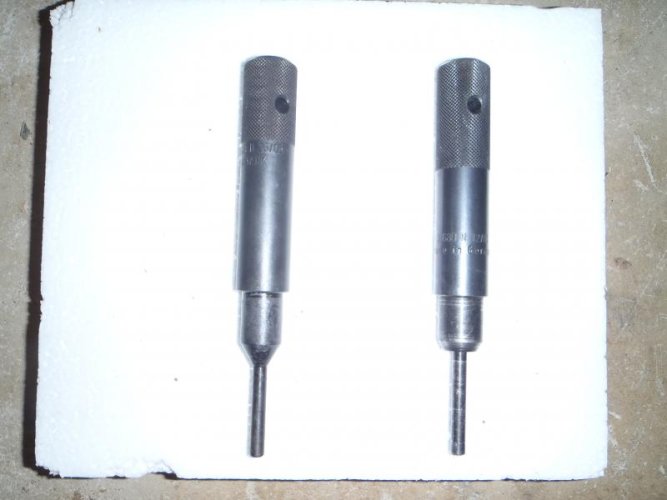jammess
Jammess
The pricing of that alignment tool just might have been one of BMW's big blunders.
It is only a couple of lathe diameters on a piece of screw stock that are reasonably concentric. I cobbled one for my 1100RT on my old Logan lathe but probably since made it into something else.
No way should techs be made to own one. This is a shop item.
BTW - What are the diameters and lengths? Can we get a mail based loaner program going?
Check out www.rbracing-rsr.com/bmw_clutches.html seems they sell an alignment tool for about $20 as well as an interesting clutch guaranteed to end spline issues forever more.





